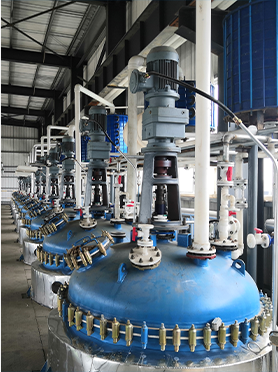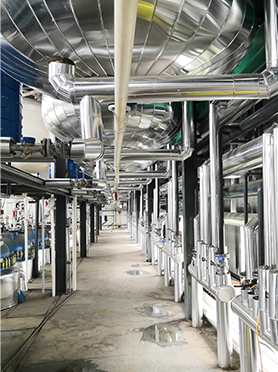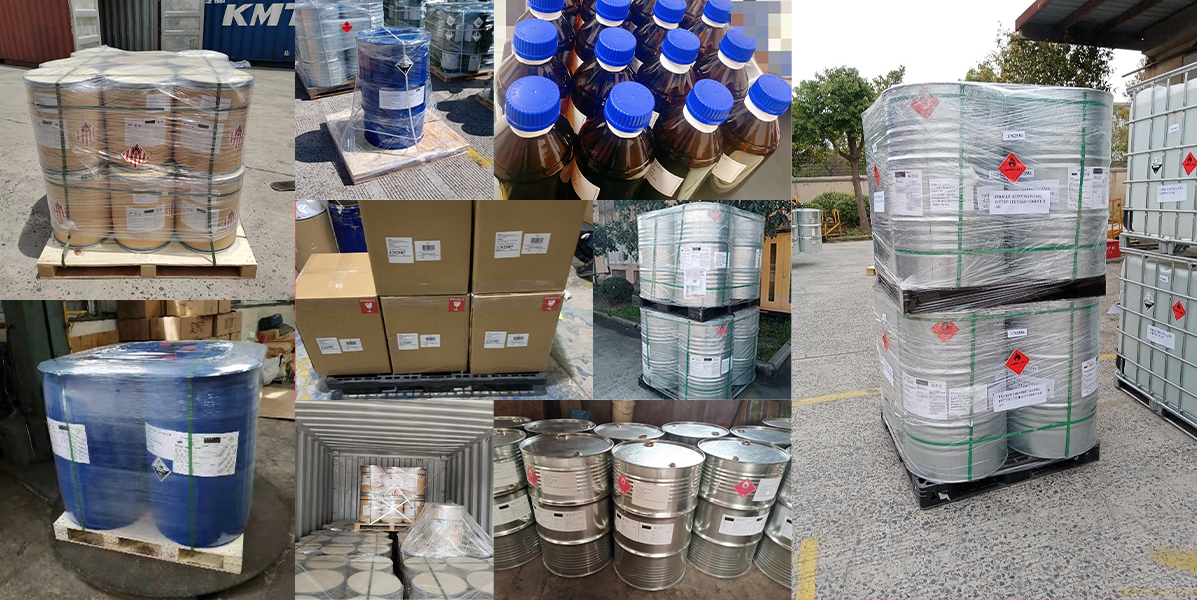In the realm of material science and product formulation, protecting materials from the damaging effects of ultraviolet (UV) radiation is a constant challenge. UV absorbers are critical additives that help extend the lifespan and maintain the aesthetic and functional integrity of a wide range of products, from plastics and coatings to textiles and cosmetics. While many established UV absorbers exist, novel compounds like 3-Prop-2-ynoxypropane-1,2-diol (CAS 13580-38-6), also known as POPDH, offer unique characteristics that merit consideration for specialized applications.
UV radiation, particularly in the UVA and UVB spectrum, can induce photolytic degradation in polymers and organic molecules. This degradation often manifests as discoloration, loss of mechanical strength, embrittlement, and surface chalking. UV absorbers work by absorbing this harmful radiation and dissipating the energy harmlessly, typically as heat, thereby shielding the underlying material. Commonly used UV absorbers include benzophenones, benzotriazoles, and hindered amine light stabilizers (HALS), each with its own absorption profile and mechanism of action.
3-Prop-2-ynoxypropane-1,2-diol, while primarily known for its roles in electroplating and as a reactive intermediate in UV-curing systems, also possesses inherent UV absorption properties due to its conjugated pi system within the alkyne and ether linkages. Although it may not be classified solely as a primary UV absorber in the same category as specialized benzotriazoles, its structure suggests it can contribute to UV protection, especially when incorporated into polymer matrices where it can synergistically interact with other stabilizing additives or participate in the formation of UV-resistant networks.
The advantage of using a reactive intermediate like POPDH in formulations is its potential to become chemically bound within the material. This covalent incorporation prevents migration or leaching of the additive over time, offering long-lasting protection, which is a significant drawback for many conventional, non-reactive UV absorbers. For product developers looking to buy 3-Prop-2-ynoxypropane-1,2-diol, this characteristic makes it attractive for demanding applications where durability and performance are critical.
Furthermore, its application in UV-curing systems means that it is already present during the curing process, potentially becoming integrated into the polymer backbone. This can lead to enhanced UV stability of the final cured product, such as coatings or adhesives, without the need for a separate UV absorber addition step in some cases. The sourcing of this chemical from reliable Chinese manufacturers like NINGBO INNO PHARMCHEM CO.,LTD. ensures that formulators have access to a consistent and high-purity product for their material protection strategies.
In summary, while 3-Prop-2-ynoxypropane-1,2-diol is recognized for its roles in electroplating and as a reactive intermediate, its inherent structure also suggests a beneficial contribution to UV protection, particularly when integrated reactively into materials. For formulators seeking innovative ways to enhance material durability and longevity, exploring the potential of POPDH as a component in their stabilization systems is a worthwhile endeavor. We invite interested parties to contact us for product information and purchasing inquiries.
Manufacturing Facilities






Professional Export Experience
to Global Customers

1. 20 years of R&D, manufacturing and sales experience, serving customers in 60 countries and regions around the world;
2. Own R&D laboratory, pilot platform and large-scale production workshop, which can meet the audit requirements of global customers;
3. We can satisfy customers' perfect transition from small scale lab requirements (gram level) to commercialization requirements (hundred tons level).
A: We don't have Minimum Order Quantity, exact quantity should be provided before quotation for us to calculate the exact cost.
A: We don't provide free samples due to lots of request and expensive international courier's cost, we can deduct the sample charge after commercial order placed.
A: Our payment terms: Small or sample order: T/T IN ADVANCE. Commercial order: First order should be by T/T IN ADVANCE or L/C at sight, and following orders T/T 30~90days is acceptable subject to approval of credit application.